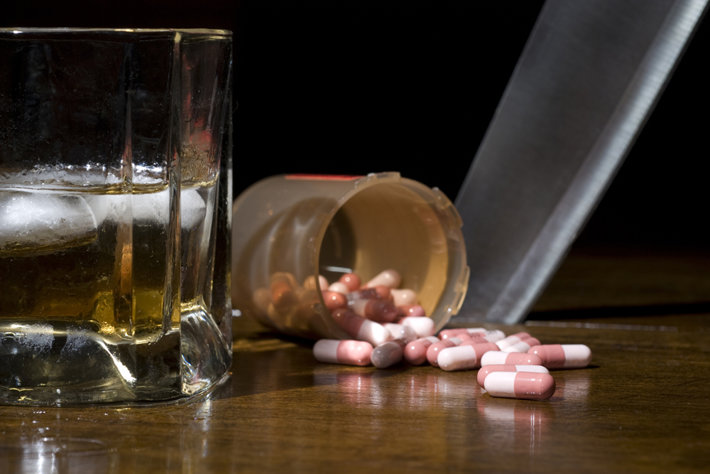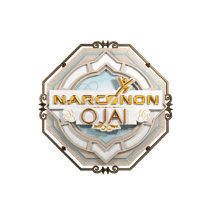Which Drugs Are Most Damaging?
This is a tricky question, indeed. Different drugs create such different effects that comparing them would be like comparing apples to ostriches and oil wells. A group of UK scientists found a way around this puzzle and came up with a system of comparison for many of today’s illicit drugs. Their results were published in the British medical journal The Lancet.

To compare major drugs on the market, they developed 16 criteria to determine how much damage each caused. The criteria are
- Direct lethality of a drug
- Indirect lethality (like traffic accidents, cancer and suicide)
- Direct damage like cirrhosis or strokes
- Indirect damage like blood-borne viruses or emphysema
- Ability of the drug to cause addiction
- Direct impairment of mental functioning, such as drug-induced psychosis
- Indirect impairment of mental functioning like mood disorders resulting from drug use
- Loss of tangibles like possessions, housing, jobs
- Loss of relationships
- Extent the drug increases risk of injury to self or others
- Extent the drug involves or increases crime
- Environmental damage from use or manufacture
- Family problems caused
- International damage such as crime or deforestation
- Economic costs to businesses and country
- Damage to social cohesion or reputation of a community
The profiles of damage done by each drug varied greatly and offer a fast and fascinating look at the damage they do.
Which Ones Were the Worst?
The following are the worst drugs in various categories:
Economic cost: Alcohol and tobacco
Damage to mental functioning: LSD, mushrooms, crack cocaine, methamphetamine, ketamine
Family problems caused: Alcohol by far, followed by methamphetamine
Damage to relationships: Methamphetamine, crack cocaine, heroin, alcohol
Addiction: Crack cocaine, tobacco, methamphetamine and heroin
Crime: Heroin, crack cocaine, alcohol
Mortality, direct or indirect: Heroin, alcohol, tobacco, crack cocaine, GHB, methadone
The continuous changes in the illicit drugs on the market could shift these ratings around a bit. For example, heroin can now found to contain very deadly, extremely high potency additives like fenantyl and carfentanil which tends to make it more dangerous. And the damage caused by marijuana is closely related to its potency which has soared since it’s become widely legal for medical use and legal for recreational use in a limited number of states.
In overall harm to both self and others, alcohol came out in first place by far, followed by heroin, crack cocaine, methamphetamine, cocaine, tobacco and cannabis.
There is, in fact, no drug that is harmless. If a young person wants to grow up strong and free from serious problems, the only choice is staying drug-free. If an adult wants to protect his future, his family and community, the only choice there too is being drug-free.
What Happens When a Person Makes the Wrong Choice?
By this time, millions of Americans have impaired their ability to enjoy a productive, happy life because they are already addicted to alcohol or a prescription or illicit drug. For them, there is still hope. The Narconon drug rehabilitation program has been helping the addicted back to productivity, honesty and sobriety for fifty years. At Narconon Ojai, a new life can be built from the ground up in our lovely, peaceful surroundings. When you care about someone who needs to put addiction to alcohol or drugs behind them, call us.


